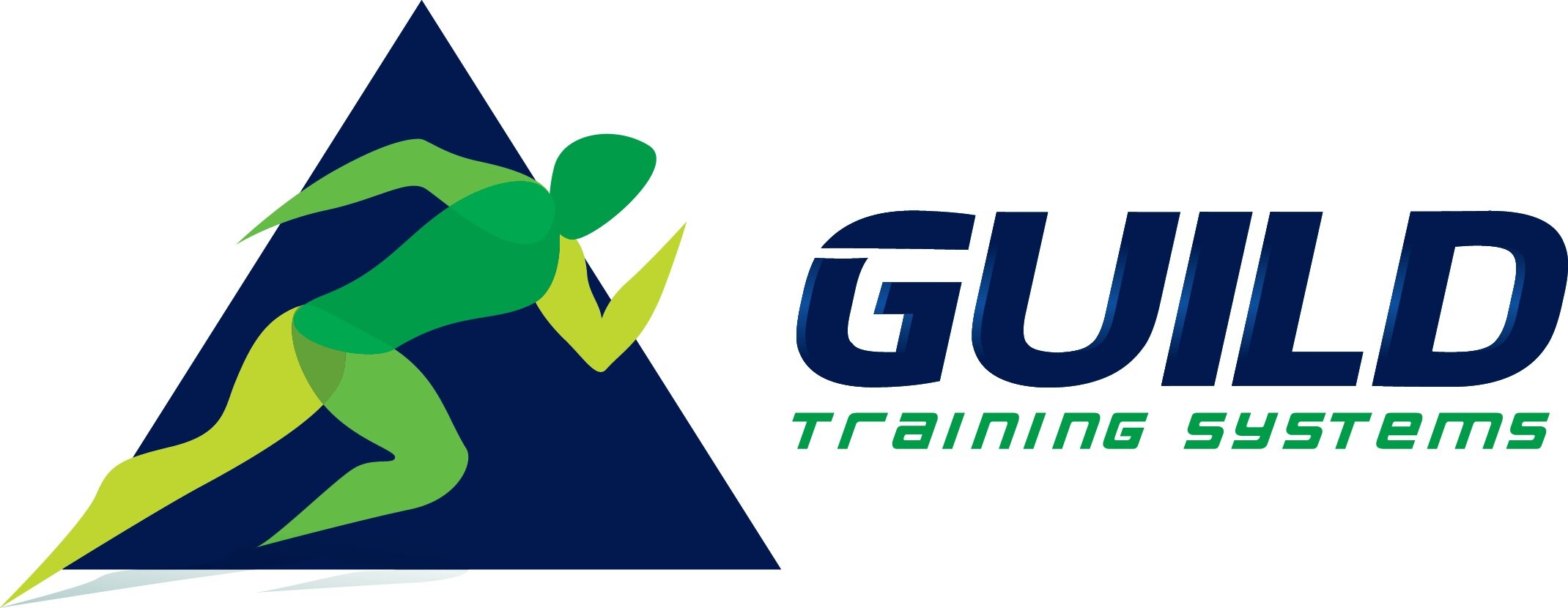Weighted Ball Basics
One conversation I find myself having over and over concerns the implementation of weighted ball training into a throwing program. Why do you do it? How do you do it? Should you do it?
The answers to these types of questions relies on several factors, ranging from the age and training history of the athlete, to the goals and needs of the player in question. A 26 year old professional pitcher will answer differently than a 16 year old high school player. Or at least I would hope they would…
Why would you add weighted ball training into your throwing program?
From what I’ve seen, players do it for three reasons.
Add velocity
Add velocity
Add velocity
Rarely do I hear someone talking about improving their arm path, or strengthening their “decelerator” muscles, although I’ve heard those answers occasionally as well.
If you’re a baseball player trying to add throwing velocity and that’s your reasoning for trying weighted ball training, I’d caution you to answer a few more questions prior to moving forward.
Have you gone through puberty?
Throwing weighted balls introduces varying forces on a throwing arm. While they are not always higher or more dangerous than throwing a normal 5 oz. baseball, it is important to be knowledgeable of what you’re doing to your arm, especially if you are still experiencing growth at vulnerable joint structures.
Do you have to throw harder to continue playing baseball?
If you’re a pro player trying to make a team in the Spring, or a college walk-on trying to catch up to your peers, the importance of improving velocity may be well worth the risk of taking on additional throwing stress. If you are already an established player and seeking to add additional tools to your toolbox, tread lightly when determining what to add into your seemingly-already successful program.
Have you gone through a consistent throwing program?
Being from a cold weather state, I see baseball players jump directly onto pitching mounds and long toss directly after taking 8-12 weeks off of throwing. Sudden increases or decreases in a training program can spell disaster for a pitcher’s health. If you’re debating weighted balls, make your decision after you’ve proven to yourself and your coach that you can adhere to a structured 8-16 week throwing program. Throwing a weighted ball 100% should not be your first introduction to throwing at maximal effort during a preseason training phase.
If you’ve answered these questions and still are ready for weighted ball training.
How do you train with weighted balls?
Weighted ball training comes in many shapes and sizes, depending on the coach, the research involved and the athlete in question. Some of the leaders in weighted ball training over the years have been the Texas Baseball Ranch, Driveline Baseball (click here for a weighted ball article) and Tread Athletics if you’d like to get with someone who has implemented these programs consistently. A few general ideas that you can use as a litmus test for whatever coach is having you try weighted balls would be as follows.
Progress from heavy to light, always returning to a 5oz. baseball
Monitor training load closely
Never throw a different weighted ball at 100% effort the first time you throw it
If your program goes straight into underload training at <5oz. balls, fails to monitor training loads or demands that you throw varying weights at 100% intensity right out of the gate, ditch it and go find yourself a competent pitching coach.
The final question.
Should you do weighted ball training?
That is a question that only you, as the player, can answer. What’s important is that you educate yourself on the details of weighted ball training prior to making any decisions. Always remember that you will always throw harder healthy when compared to injured.
